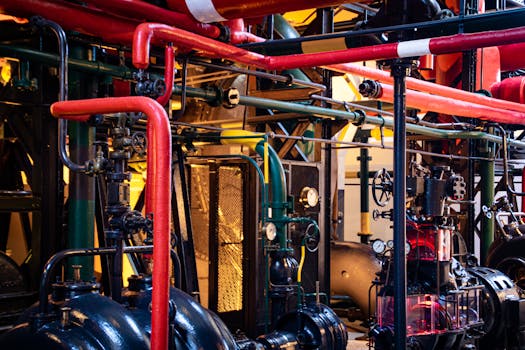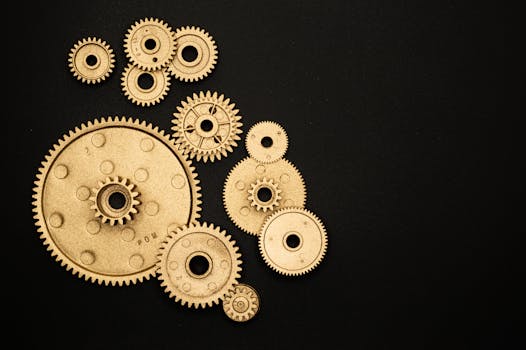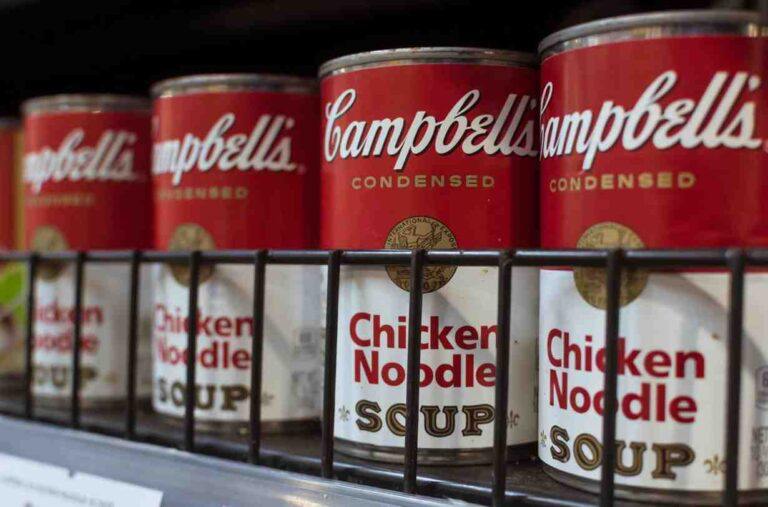
Understanding the Basics of Hydraulics and Pneumatics: A Comprehensive Guide
Takeaways:
- Hydraulics and pneumatics are two essential fields of fluid power.
- Hydraulics uses liquids under pressure, while pneumatics uses compressed air.
- Both systems have unique applications across various industries.
- Understanding the principles behind these technologies is vital for engineers and technicians.
Hydraulics and pneumatics are integral components of modern engineering and industrial applications. From construction machinery to manufacturing processes, these technologies play a crucial role in powering equipment and enabling efficiency. In this article, we will delve into the basics of hydraulics and pneumatics, exploring their principles, differences, and applications.
What is Hydraulics?

Hydraulic systems are composed of various components, including:
- Hydraulic fluid: This is the medium through which power is transmitted. Common hydraulic fluids include oil and water-based solutions.
- Pumps: These devices convert mechanical energy into hydraulic energy by moving the fluid through the system.
- Actuators: Hydraulic cylinders or motors that convert hydraulic energy back into mechanical energy to perform work.
- Valves: Control the flow and direction of the hydraulic fluid, ensuring the system operates efficiently.
Hydraulic systems are known for their ability to generate high force and torque, making them ideal for heavy machinery applications. Common uses of hydraulics include:
- Construction equipment such as excavators and bulldozers.
- Industrial machinery like presses and shears.
- Automotive systems including brakes and lifts.
- Aerospace applications where precise control is crucial.
What is Pneumatics?

Key components of pneumatic systems include:
- Compressed air source: Typically a compressor that generates high-pressure air.
- Actuators: Pneumatic cylinders or motors that convert compressed air into mechanical motion.
- Valves: Regulate airflow and pressure within the system.
- Filters and regulators: Maintain air quality and control pressure to ensure smooth operation.
Pneumatics are widely used in various sectors due to their speed and efficiency. Some typical applications include:
- Assembly lines in manufacturing.
- Robotic systems for automation.
- Packaging machinery.
- Medical equipment such as dental chairs and surgical tools.
Comparing Hydraulics and Pneumatics

Fluid Medium: Hydraulics uses incompressible liquids, while pneumatics relies on compressible gases. This fundamental difference affects how each system operates and the forces they can generate.
Force and Speed: Hydraulic systems can produce much higher forces, making them ideal for heavy lifting and industrial applications. Pneumatic systems, while providing rapid motion and responsiveness, typically generate lower forces, which suits lighter applications.
Complexity and Maintenance: Hydraulic systems tend to be more complex, requiring regular maintenance to prevent leaks and ensure fluid quality. Pneumatics, being simpler, often require less maintenance and are easier to troubleshoot.
Applications: The choice between hydraulics and pneumatics often depends on the specific requirements of the task at hand. For heavy-duty applications, hydraulics is the preferred choice, while for fast and lightweight tasks, pneumatics is favored.
Conclusion








